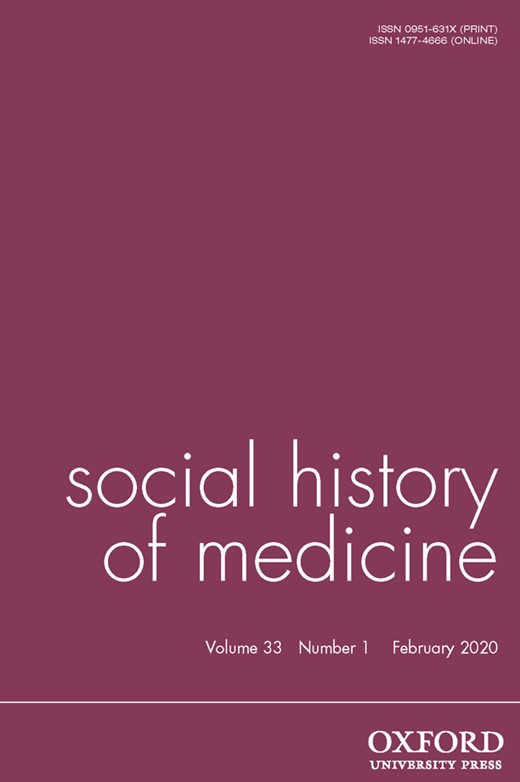-
Views
-
Cite
Cite
Eram Alam, Cold War Crises: Foreign Medical Graduates Respond to US Doctor Shortages, 1965–1975, Social History of Medicine, Volume 33, Issue 1, February 2020, Pages 132–151, https://doi.org/10.1093/shm/hky012
Close - Share Icon Share
Summary
This article analyses the historical circumstances that linked physician manpower and immigration policy in the United States. The Hart–Celler Immigration and Nationality Act of 1965 facilitated the first large-scale migration of Foreign Medical Graduates (FMGs) from predominantly postcolonial Asian nations. FMGs were invited into the nation to staff hospitals in communities lacking physicians in exchange for legal status. During the Cold War, transnational physician migration was considered an expedient mechanism to address the inadequate supply of US physician manpower, and believed to be a tactical, foreign policy strategy. This arrangement, which was initiated as a short-term solution in a moment of ‘crisis’, has since become a permanent feature of US health care. Foreign physicians have become the numerical supplement of the medical system, the global reserve labour force instrumentalised to address doctor shortages in marginalised communities across the country.




